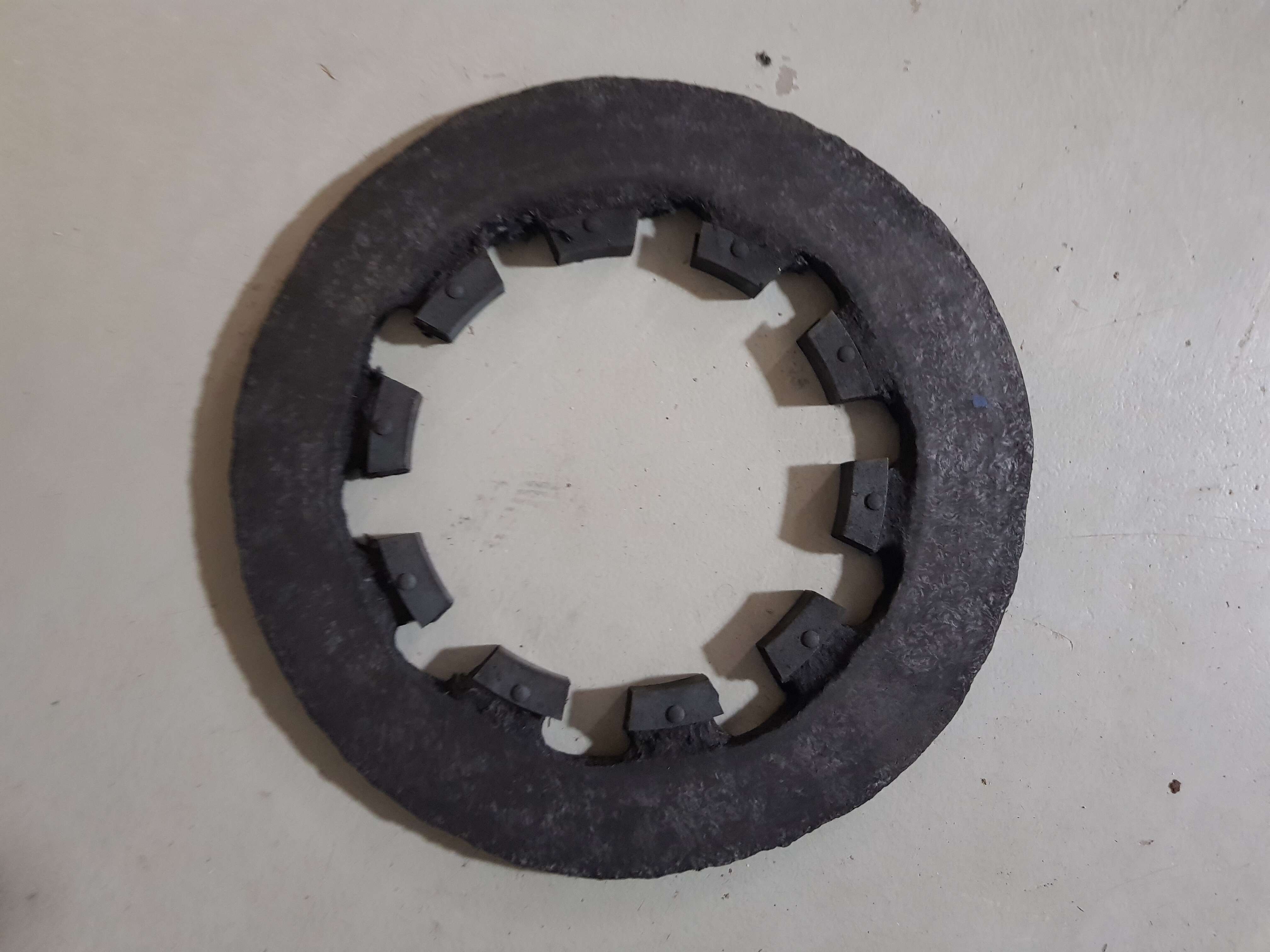
INFLUENCE OF SERVICE FLUIDS ON CARBON-CARBON AIRCRAFTS` BRAKE DISKS OXIDATION
2Depot 22, IAF, Tel Nof, Israel
Carbon-Carbon Composites (CCCs) are mostly used in aerospace applications, mainly for brake disks of aircrafts. In non-oxidizing environments, CCCs retain room temperature mechanical properties at >2225°C. For applications in oxidizing environments, current coatings limit maximum use temperatures to 1600°C. High thermal conductivity and low thermal expansion of CCCs make them excellent candidates for applications involving thermal shock, such as aircrafts’ brake disks which heat rapidly during frictional braking.
In the past few years great amount of CCC brake disks (fig. 1) of Israeli Air Force (IAF) aircrafts were found crumbled in the lower section of its exterior part, leading to less efficient braking and high substitution of disks. In preliminary research it was found that the crumbling is due to oxidation of the CCCs. Other researchers found Calcium, Potassium and Sodium have great influence on oxidation temperature, and that their existence in runway de-icers decreases oxidation temperature. Since the IAF aircrafts don’t land in runways requiring de-icing, the initial hypothesis is that other fluids might be incompatible with the disks and cause lower oxidation temperature.
Spectrometric analyses of service fluids that might come in touch with brake disks such as hydraulic oil and cleaning agent revealed that both contain the above metals. This presentation will show the cross influence of these fluids and temperature on brake disk structure, mechanical properties and oxidation rate using Thermal Gravimetric analyses, SEM surface imaging and Dynamic Mechanical analyses.

Powered by Eventact EMS